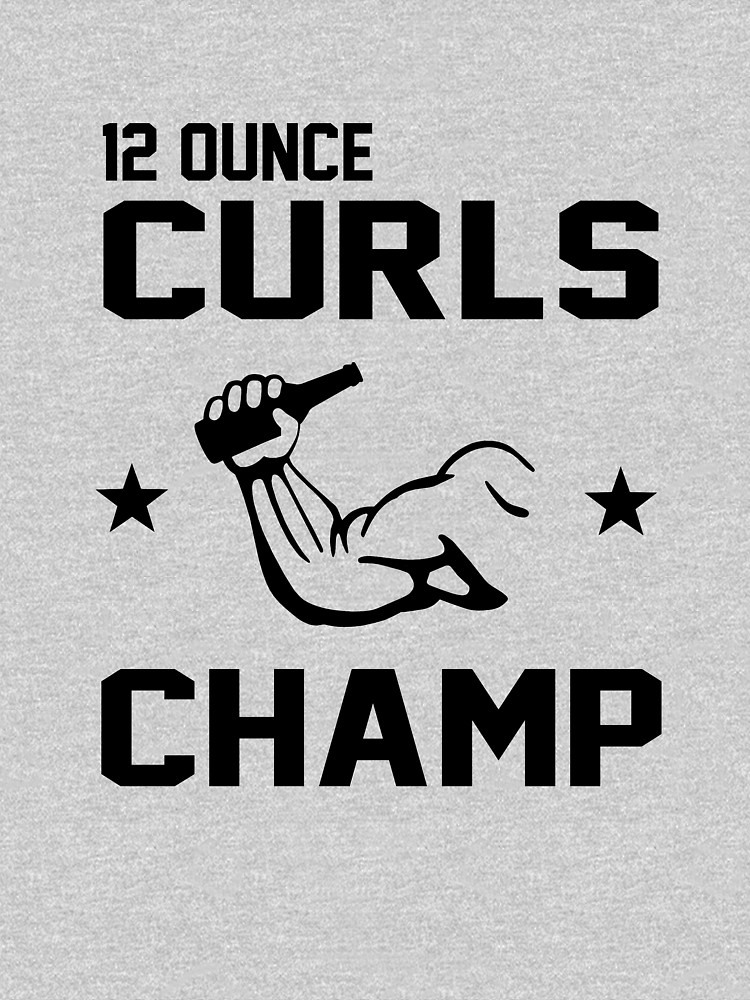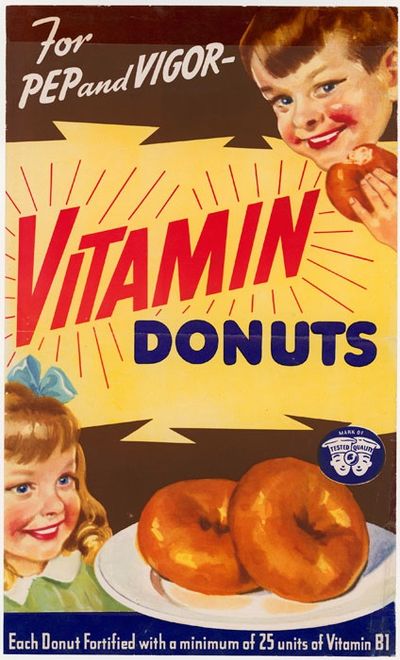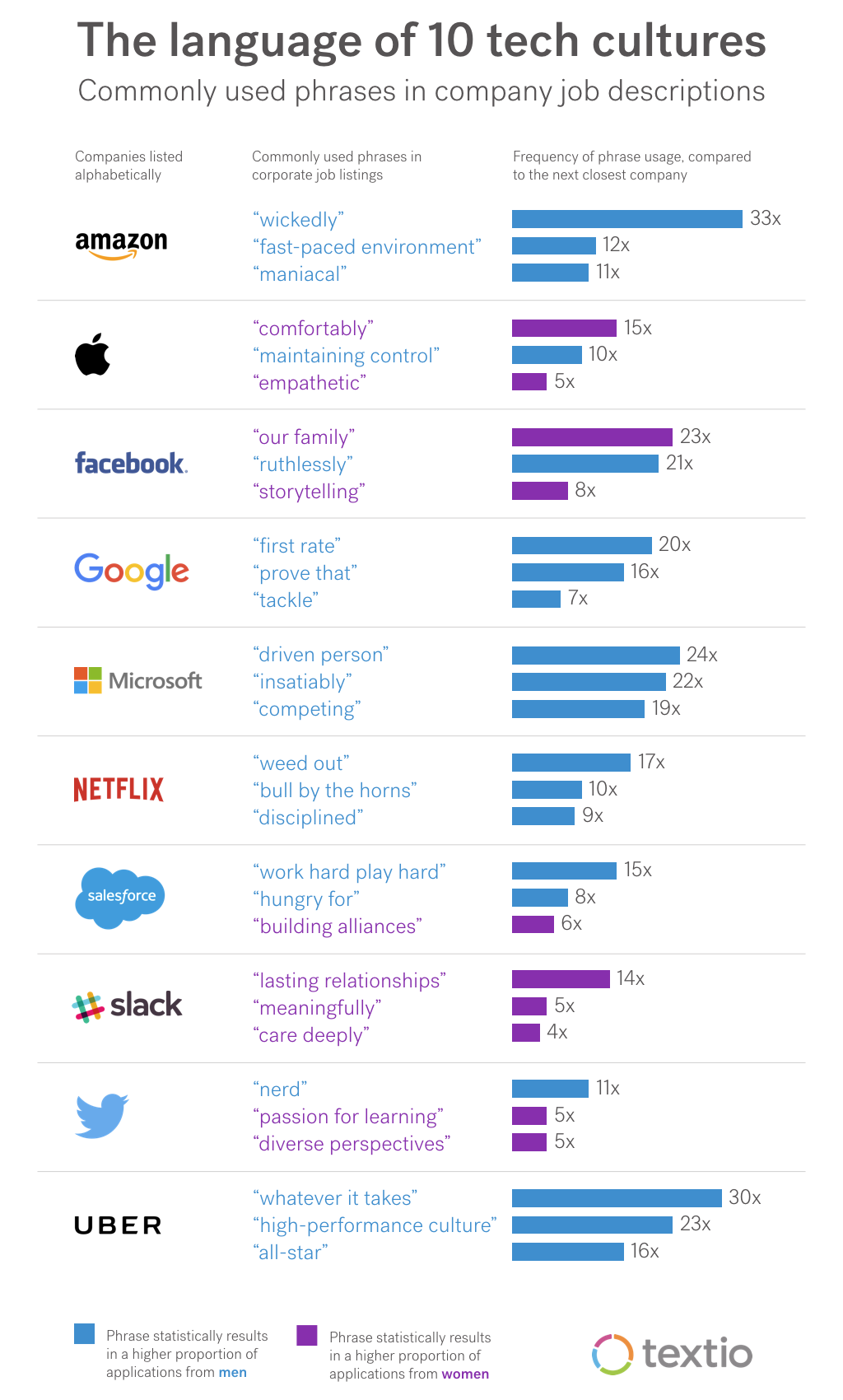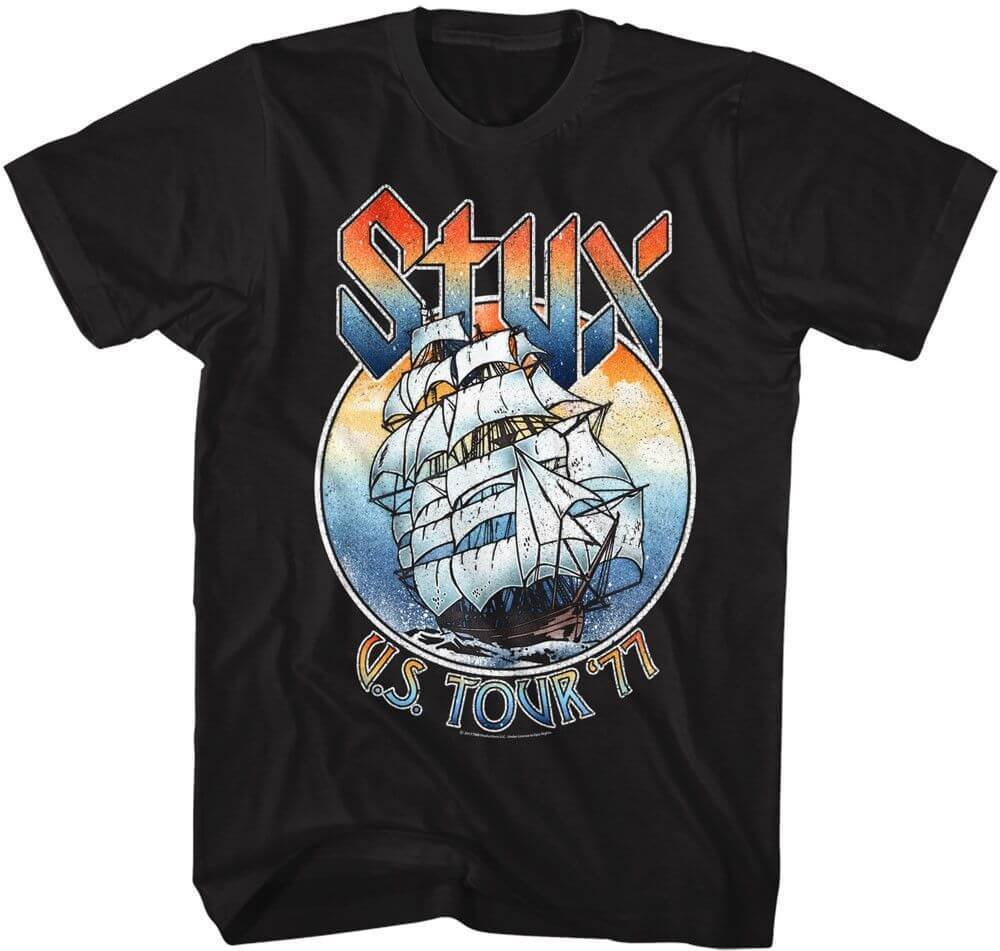Learn a new word: Abstinence Violation Effect
No, it's got nothing to do with THAT, get your minds out of the gutter for a minute.
I admit to not being familiar with this term until seeing the accounts of the demise of former Twitter CEO Dick Costolo's new venture - an app called Chorus. Chorus was a kind of a social fitness app where groups of friends would sign up/join up together, share their goals for exercise and other healthy behaviors, and remain motivated to keep up with these goals leveraging their friends on the app to keep them going (and accountable).
The idea for Chorus was that once your fitness goals were social and semi-public, you wouldn't want to let down your team and friends, (and risk some level of open embarrassment), by slacking off, or not keeping your commitments.
But as it turned out, at least for Chorus users, this wasn't enough to keep users of the app from continuing to engage with their goals and their teams. Once users began to fall behind, maybe due to illness or travel or work or because exercising is a real drag sometimes, they simply stopped checking in on the app altogether. You could say they ghosted their fitness teams. They would not come back to the app once they had felt like they failed, (and everyone else on the team knew).
Turns out this phenomenon has a name, (who knew?), called the Abstinence Violation Effect which can be described as when people hide from their support group (exercisers, people trying to quit smoking, people who buy too many pairs of sneakers) when when they fail to meet the group's expectations, instead of turning to the social group for help during these periods.
The Chorus app users who had lapsed in meeting their fitness goals never really came back to the app, and since everyone who has ever tried to stick with an exercise regimen has likely lapsed at one point, the demise of the app was pretty explainable.
Why bring this up, i.e. why should you care?
Probably just to serve as a reminder that just having a support group in place and available isn't enough for a person who really needs help - to exercise, to quit a bad habit, to start a better habit, etc. Just being there isn't going to help the person who has really withdrawn.
Setting smaller, tangible goals along the way, with regular check-ins and rewards for effort and progress is probably going to give the user, (and the team) a better chance to remain engaged with the overall goals and with each other as a group.
The support group isn't there to 'help you get healther' it is there to help you walk 5,000 steps this Wednesday, to buy some healthy snacks on Friday, and to go with you while you attend a yoga class on Saturday morning. These kinds of small, incremental, but tangible kinds of things can help both parties remain connected and accountable to each other.
It is really easy to ghost a support group whose purpose is to 'help you get healthier'.
It is much harder to pull a no-show at a Yoga class on a Saturday morning when your workout pal is already there at the studio waiting for you.
Interesting stuff. And in case you were wondering, yes, I have purchased too many pairs of sneakers.
Have a great day!

 Steve
Steve


